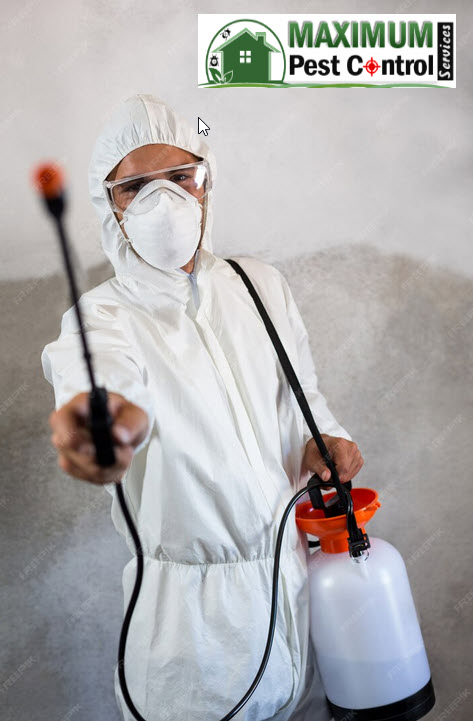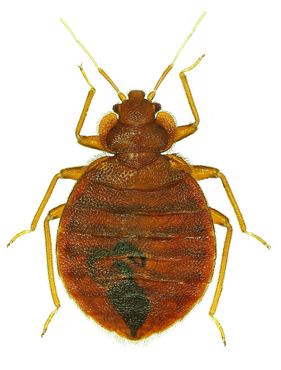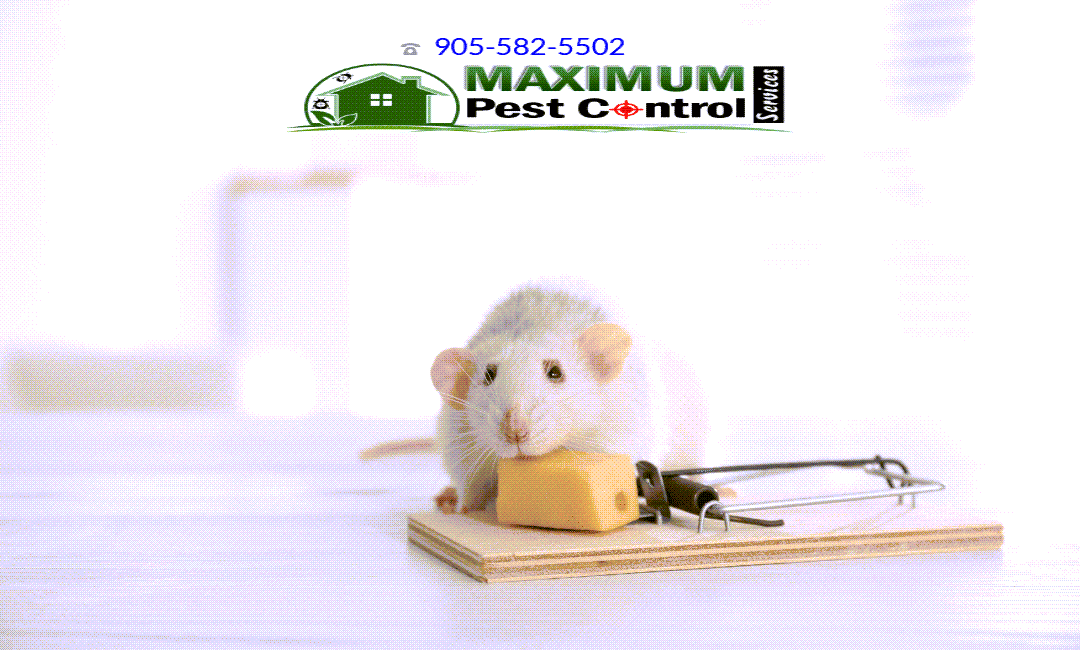
Who Covers the Costs of Dealing with Pests: Landlords or Tenants?
Don’t let pests become a headache for you. Learn who is responsible for dealing with pest infestations in rental properties. Keep your apartment and wallet happy with our helpful tips. Are you dealing with unwanted house guests of the multi-legged variety? You’re not alone. Pest infestations are a hassle no one wants to deal with. But who’s on the hook for calling the exterminator – you or your building landlord to control pest?
The answer isn’t always clear cut. While landlords have an obligation to provide habitable premises, tenants also play a role in preventing pests through proper housekeeping. Where the infestation originated and whose actions may have caused it can factor into cost responsibility. Are you interested in learning more about your obligations and rights? Read on for a deeper dive into this creepy-crawly issue.
Responsibilities of Landlords
Landlords are required to provide rental units that meet habitability standards. This includes taking reasonable steps to prevent and address pest problems. If an infestation exists before a new tenant moves in, it’s the landlord’s duty to remediate it at their own expense. Similarly, infestations caused by deferred maintenance or lapses in building security fall under the landlord’s obligation.
Landlords can’t ignore severe infestations impacting multiple units. They must take professional extermination measures to eliminate widespread pests like rodents, cockroaches or bedbugs. Kicking the problem further down the road opens landlords up to potential legal liability for creating unlivable conditions.
Tenant Responsibilities
While landlords have certain obligations, tenants also share some responsibility:
If a tenant’s living habits attract pests, they may be on the hook financially. For example, failing to properly store food or clean up excessive clutter providing harborage for insects or rodents. In these cases, the landlord can charge tenants for extermination costs and repairs for any damage caused.
Tenants are also expected to promptly notify landlords about suspected infestations. Trying to treat a worsening pest problem themselves rather than involving the landlord can open tenants up to liability. Taking timely action prevents wider spreading that could impact other units and minimizes collateral damage.
Common Household Pests
No one wants uninvited guests constantly lurking around their home. Unfortunately, many residential properties play host to some fairly unpleasant pests. From rodents to insects, these invaders can spread disease, cause damage, and disrupt our living spaces. Let’s discuss some of the most prevalent home pests in further detail.
Rodents (Mice and Rats)
These nibbling nuisances are experts at squeezing through tiny cracks and crevices into our homes. Once inside, mice and rats rapidly reproduce, leaving droppings and gnawing on everything from food packages to electrical wiring. Their presence poses health risks and fire hazards.
Insects (Ants, Cockroaches, and Bed Bugs)
Multiplying ant colonies relentlessly march indoors searching for crumbs and moisture. Roaches contaminate surfaces and spread bacteria from sewers. Perhaps worst of all, bed bugs hitch rides into bedrooms and bite sleeping humans at night. These insects are notoriously difficult to eradicate once they infest.
Professional Pest Control Services
For severe pest infestations, calling in professional exterminators is often necessary. These experts receive specialized training to safely and effectively eliminate unwanted house guests using advanced methods and products.
Professional pest control services start by thoroughly inspecting your property to identify species and nesting areas. They then develop a customized treatment plan deploying targeted baits, traps, and environmentally-responsible pesticide applications. Many companies provide preventative maintenance visits to monitor and control future outbreaks as well.
DIY Pest Control Methods
While professional pest control services provide the most comprehensive solution, there are some DIY methods homeowners can try first for minor infestations:
Basic decluttering, cleaning, and sealing entry points can help get small pest populations under control early. Stores also offer a variety of relatively inexpensive DIY products like baits, traps, and insecticidal sprays. However, misusing chemical treatments risks contaminating living areas. Proper safety precautions like ventilation are crucial.
For stubborn cases, homemade remedies using ingredients like diatomaceous earth, essential oils, or boric acid may provide some relief. But these require diligent reapplication. Ultimately, DIY only goes so far – severe or recurring infestations call for professional-grade extermination to fully eliminate pests.
Landlords and Tenants Regulations Regarding Pest Control
In Canada, pest control responsibilities for landlords and tenants are laid out in provincial legislation like the Residential Tenancies Act. Generally, these laws state landlords must provide rental units in a fit and habitable condition, including being reasonably free of pest infestations.
If pests invade during a tenancy through no fault of the renter, the landlord must arrange for proper extermination and cover associated costs. However, tenants may be liable for infestations caused by their own unsanitary living conditions or failure to promptly notify the landlord. Understanding these legal obligations helps avoid disputes over pest removal expenses.
Preventing Pest Problems
No one wants to share their home with unwanted house-guests like rodents, insects or other pests. The best way to avoid infestations is being proactive through proper sanitation, maintenance and vigilance. Here are some key tips for preventing pest problems before they start:
Hygiene and Upkeep
Good housekeeping is vital for deterring pests. Vacuum frequently, store food properly in sealed containers, and immediately clean up crumbs or spills. Reduce clutter to eliminate harborage areas. Take out trash regularly before it becomes a food source.
Sealing Entry Points
Inspect your home’s exterior and seal any cracks or crevices where pests could squeeze through using caulk or other sealants. Place tight fit door sweeps and address any defective window screens. Cover vents and chimneys with strong quarter of inch mesh screens.
Regular Inspections
Make it a habit to routinely check your home for signs of pest activity like droppings, gnawed items, or nesting materials. Early detection helps stop infestations before they get established.
Dealing with Pest Infestations
If you do spot evidence of pests, act quickly. Home treatments may help for minor problems, but major infestations require professional extermination to fully eliminate the colony or nest.
Documenting the Infestation
Take photos/videos substantiating the extent of the pest issue and any property damage. Keep records of your efforts to address it as well.
Notifying the Landlord
Tenants should promptly inform landlords about pest sightings per their rental agreement. This allows coordinated treatment and helps determine liability for costs.
Cost-Sharing Arrangements
Some landlords build recurring extermination services into the lease as an amenity covered by rent. This proactive approach helps catch infestations early before they become expensive headaches. Tenants still need to uphold their housekeeping duties, but don’t have surprise bills.
For infestations where fault is ambiguous, landlords and tenants sometimes agree to split expenses rather than fight over responsibility. This good-faith compromise avoids unnecessary conflicts and legal fees. Having an open landlord-tenant dialogue helps resolve pest issues cooperatively.
Clearly outlined expectations in the lease about pest prevention, reporting, and cost responsibilities prevent conflicts down the road.
Wrapping Up!
In summary, both landlords and tenants share responsibilities when it comes to dealing with pest infestations. Landlords must provide habitable housing free of pre-existing infestations and address building deficiencies allowing pests entry. But tenants also play a role through proper housekeeping and promptly reporting suspected problems.
The key is open communication and adhering to lease terms outlining pest prevention obligations. When both parties uphold their end, infestations can be caught early before repair costs spiral. If disputes arise over who should pay, negotiating in good faith often yields a reasonable compromise. At the end of the day, rapidly resolving pest problems benefits all by restoring peace of mind.
Tired of dealing with pest infestation inside your townhouse, condo or apartment building? Let Maximum Team handle the problem for you. Get rid of unwanted pests by contacting or calling our trained insured and bonded exterminators for pest control for homes, condo, townhouse or apartments (905) 582-5502.








